Ontological World of script
Islamic art is not at all restricted to religious art, but includes all the art of the rich and varied cultures of Islamic societies as well. It frequently includes secular elements and elements that are frowned upon, if not forbidden, by some Islamic theologians. Apart from the ever-present calligraphic inscriptions, specifically religious art is actually less prominent in Islamic art. The traditional instrument of the Islamic calligrapher is the qalam, a pen normally made of dried reed or bamboo; the ink is often in color, and chosen such that its intensity can vary greatly, so that the greater strokes of the compositions can be very dynamic in their effect. Some styles are often written using a metallic-tip pen. Islamic calligraphy is applied on a wide range of decorative mediums other than paper, such as tiles, vessels, carpets, and inscriptions. Before the advent of paper, papyrus and parchment were used for writing. The advent of paper revolutionized calligraphy. Here almost all the style like Naskh, Nasta'liq, Diwani, Thuluth, Ruq'ah will be under one roof. A visual treat to Art lovers.
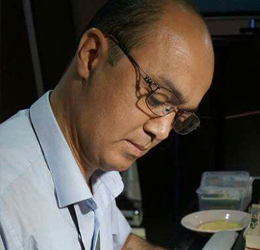
ABDULLAEV KAMALUDDIN,
UZBEKISTAN
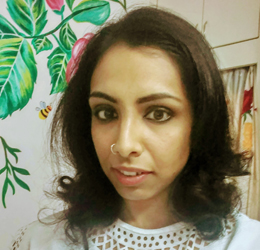
ADITI AGARWAL,
INDIA
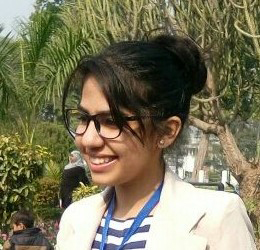
AFRIN KHAN,
INDIA
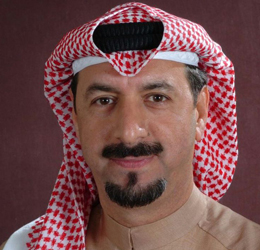
FARID A ALI,
KUWAIT
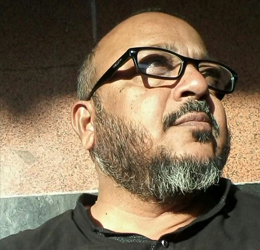
GORI YUSUF HUSEN,
INDIA

GULNAZ ISMAGILOVA,
RUSSIA
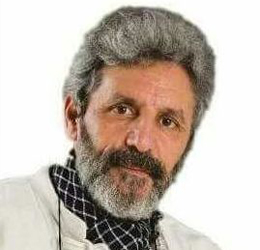
HAMOUDA ABDERRAZAK,
SWITZERLAND

HARISHANKAR BALOTHIA,
INDIA
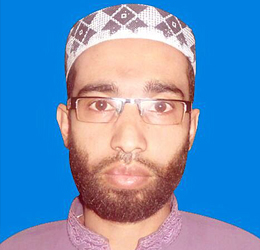
HASAN ABUL,
BANGLADESH
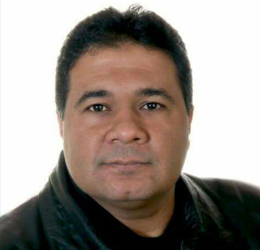
HUSSEN YOUNES,
LEBENON
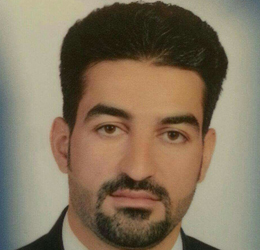
JAMI MOHAMMAD YUNUS,
AFGHANISTAN
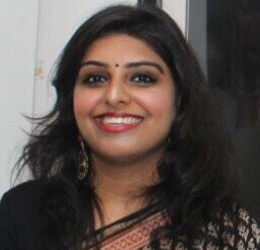
KAMALDEEP KAUR,
INDIA
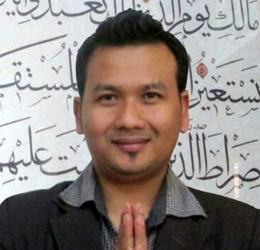
MUHAMMED ASSIRY,
INDONESIA

MULTANI RUBINA GAFAR,
INDIA

MUMTAZ ALI KHAN,
INDIA
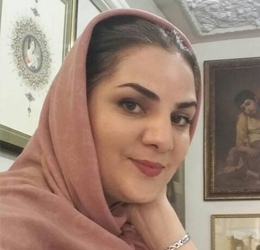
RANA MOHSENI,
IRAN
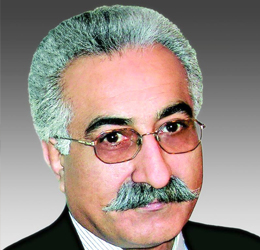
SAATCHI AKBAR,
IRAN
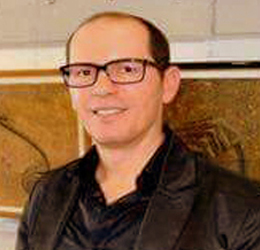
SAMI GHARBI,
TUNISIA

TAWANA FAIZEH,
AFGHANISTAN
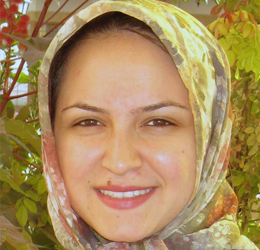
VASHARHY MASOUMEH,
IRAN